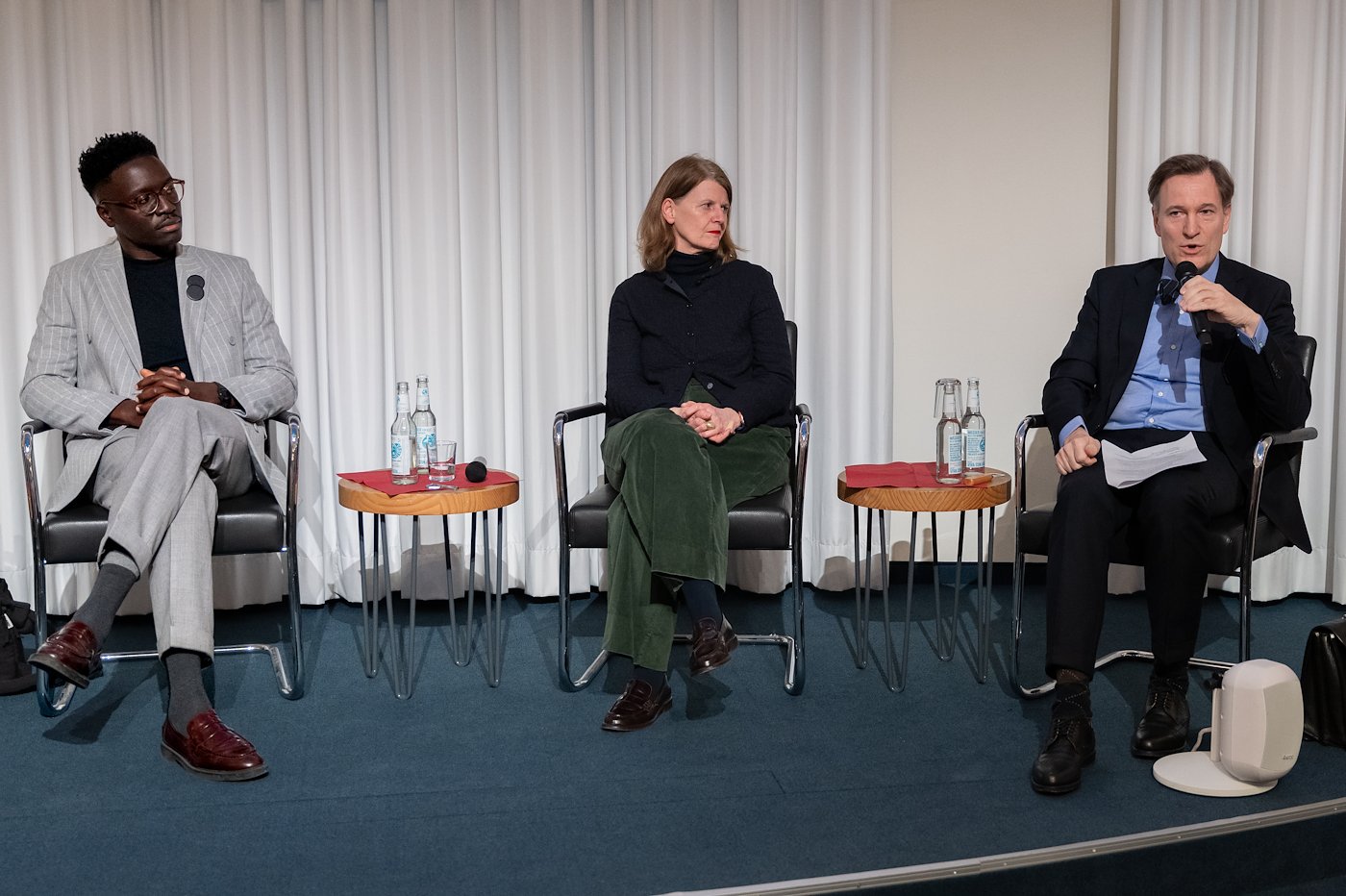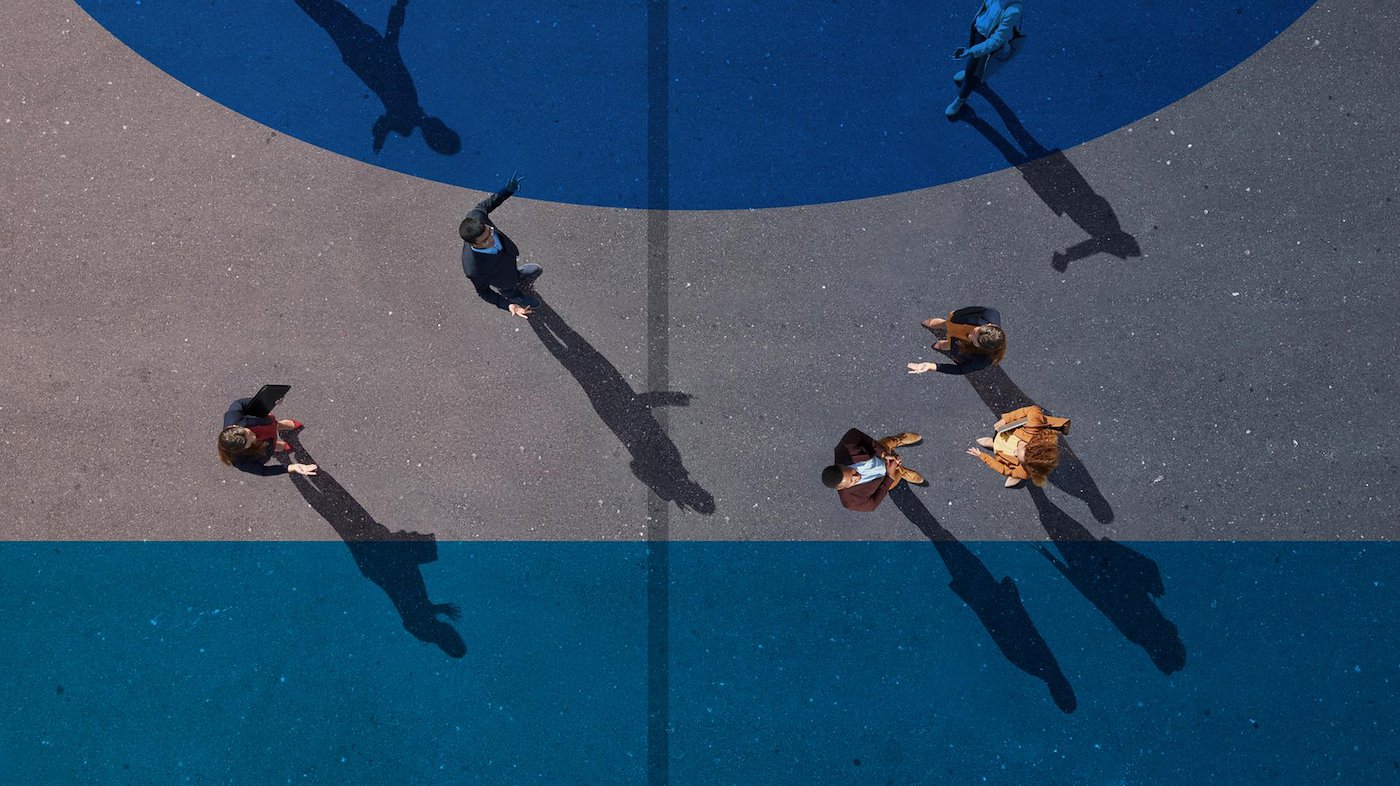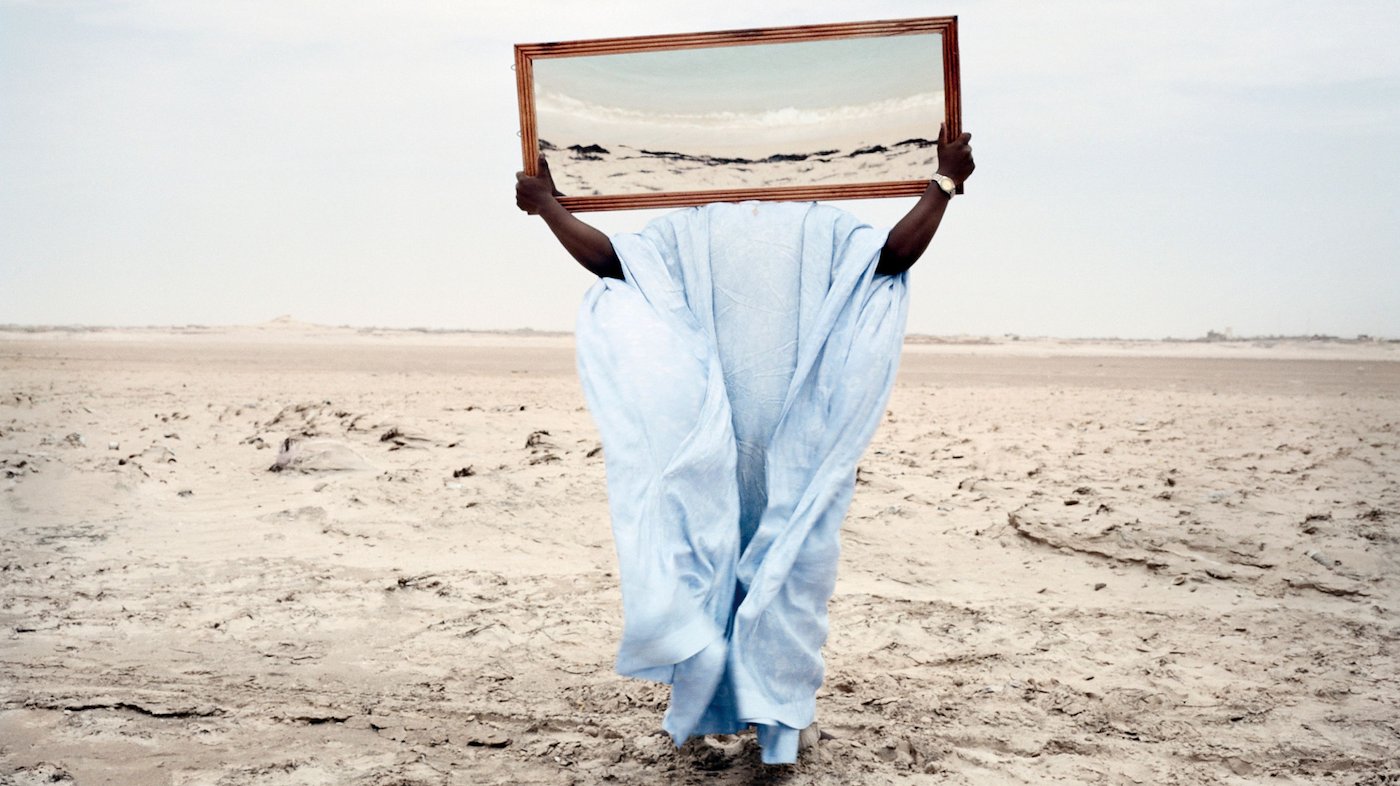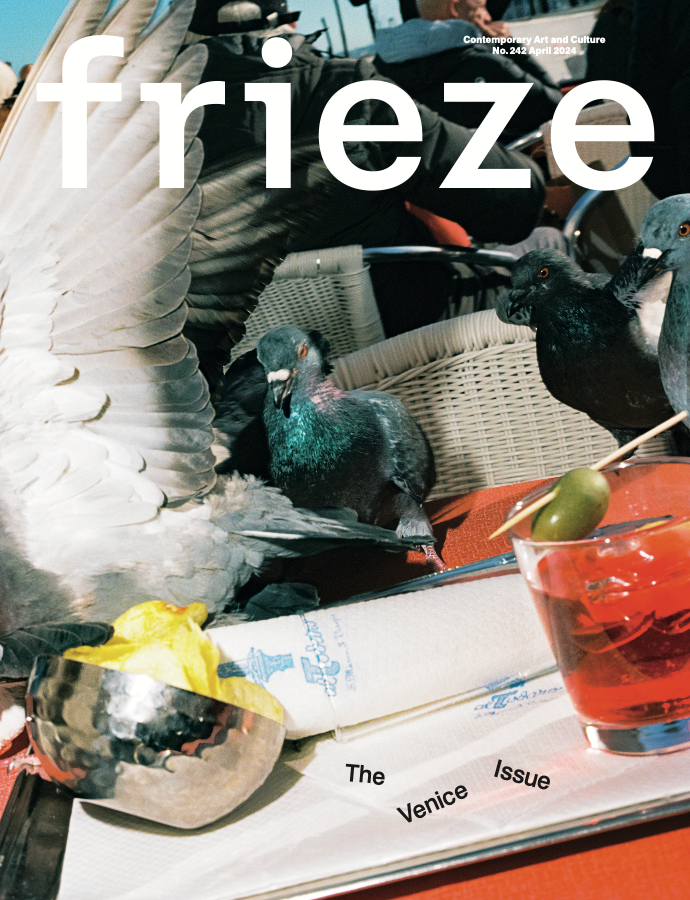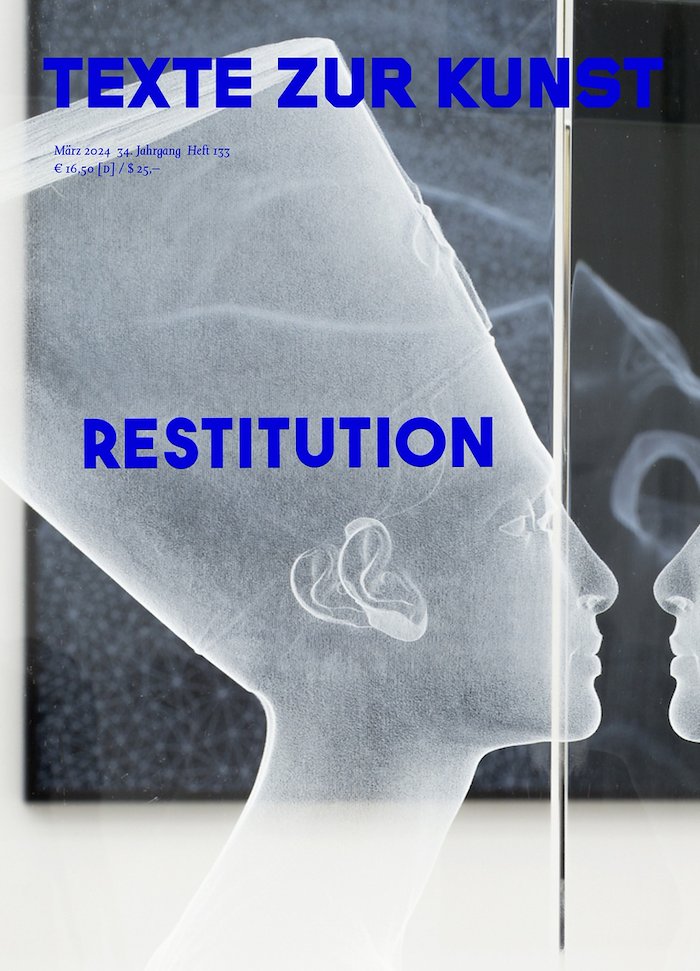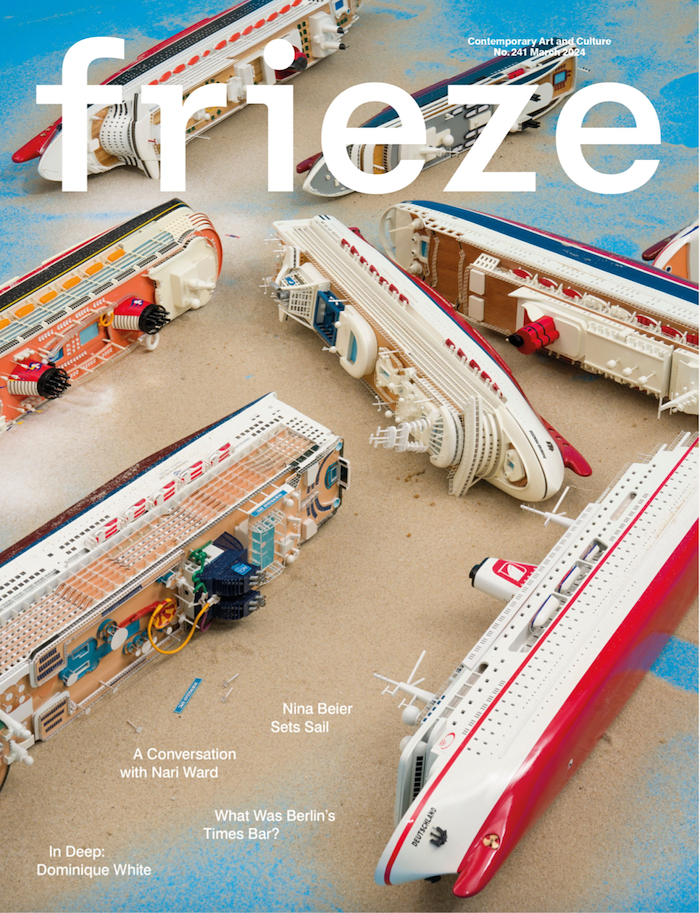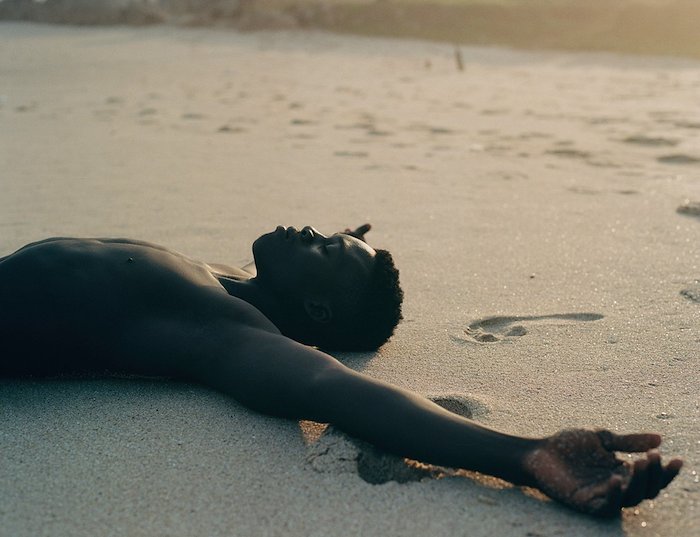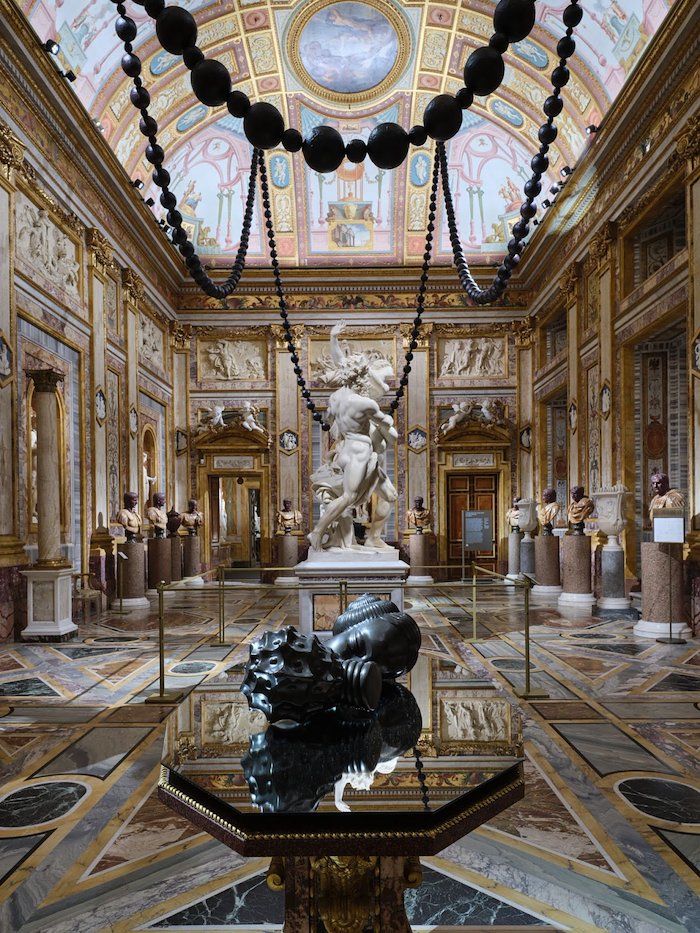
Villa Borghese is a sprawling park in Rome’s center, the legacy of a noble family given over to the public in 1903. Galleria Borghese is situated within these grounds, its building and collection initiated in the early seventeenth century by Cardinal Scipione Caffarelli-Borghese, who exploited his papal connections to amass power and wealth. Today, the museum displays this centuries-old collection, which includes many of the most celebrated artworks from Italian history, in the cardinal’s decadently designed baroque rooms.
In recent years, the museum has staged temporary special exhibitions with big, overwhelmingly European names from modern and contemporary art, including Picasso, Lucio Fontana, Damien Hirst, and Louise Bourgeois. This summer, Kenyan artist Wangechi Mutu mounted an exhibition that was aptly billed as a site-specific intervention. Mutu’s work occupied the lavish galleries, staging imposing and generative juxtapositions with its surrounding Roman busts and trompe l’oeil frescos. Writer Eric Otieno Sumba reviews the exhibition here, revealing how Mutu worked with and against the institution to assert figures, culture, and histories otherwise absent from this place. https://www.thepublicreview.org/read/spiritus-sancti-eric-otieno-sumba-wangechi-mutu-galleria-borghese Wangechi Mutu: Black Soil Poems, installation view, Galleria Borghese, 2025
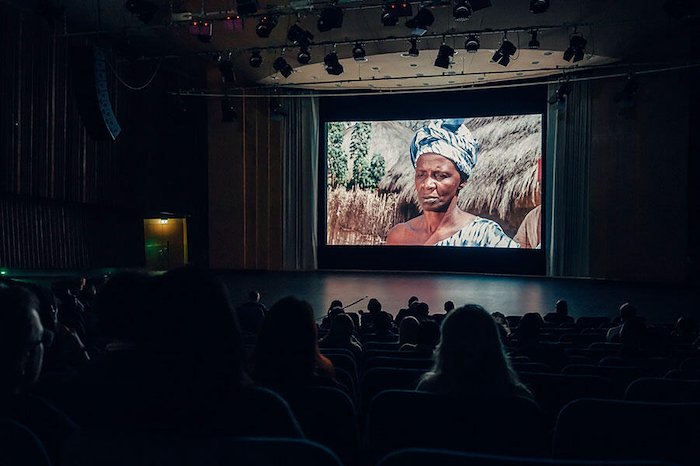
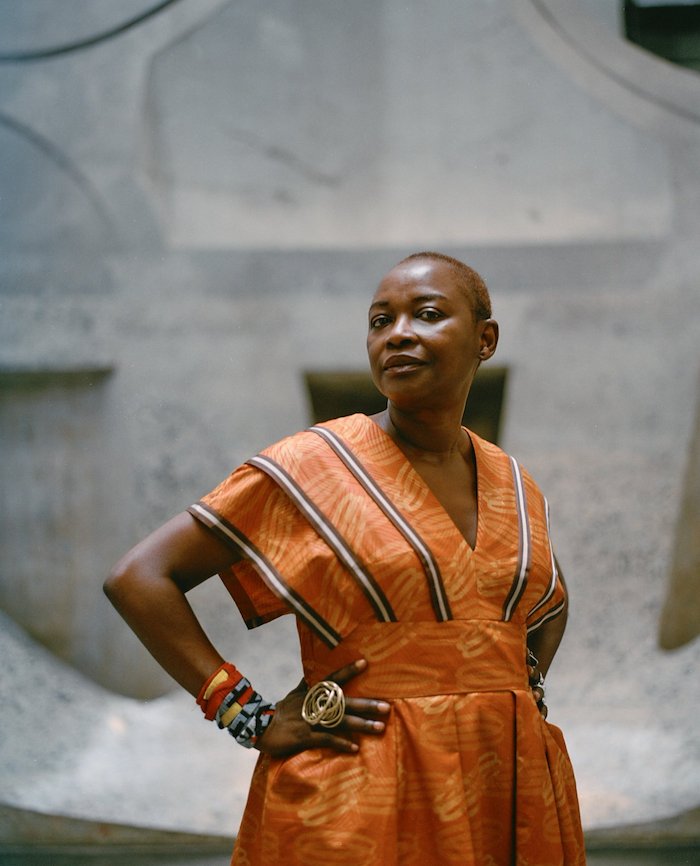
/background(fff)/700x1050.jpeg?auto=webp)
/background(fff)/700x1050.jpeg?auto=webp)
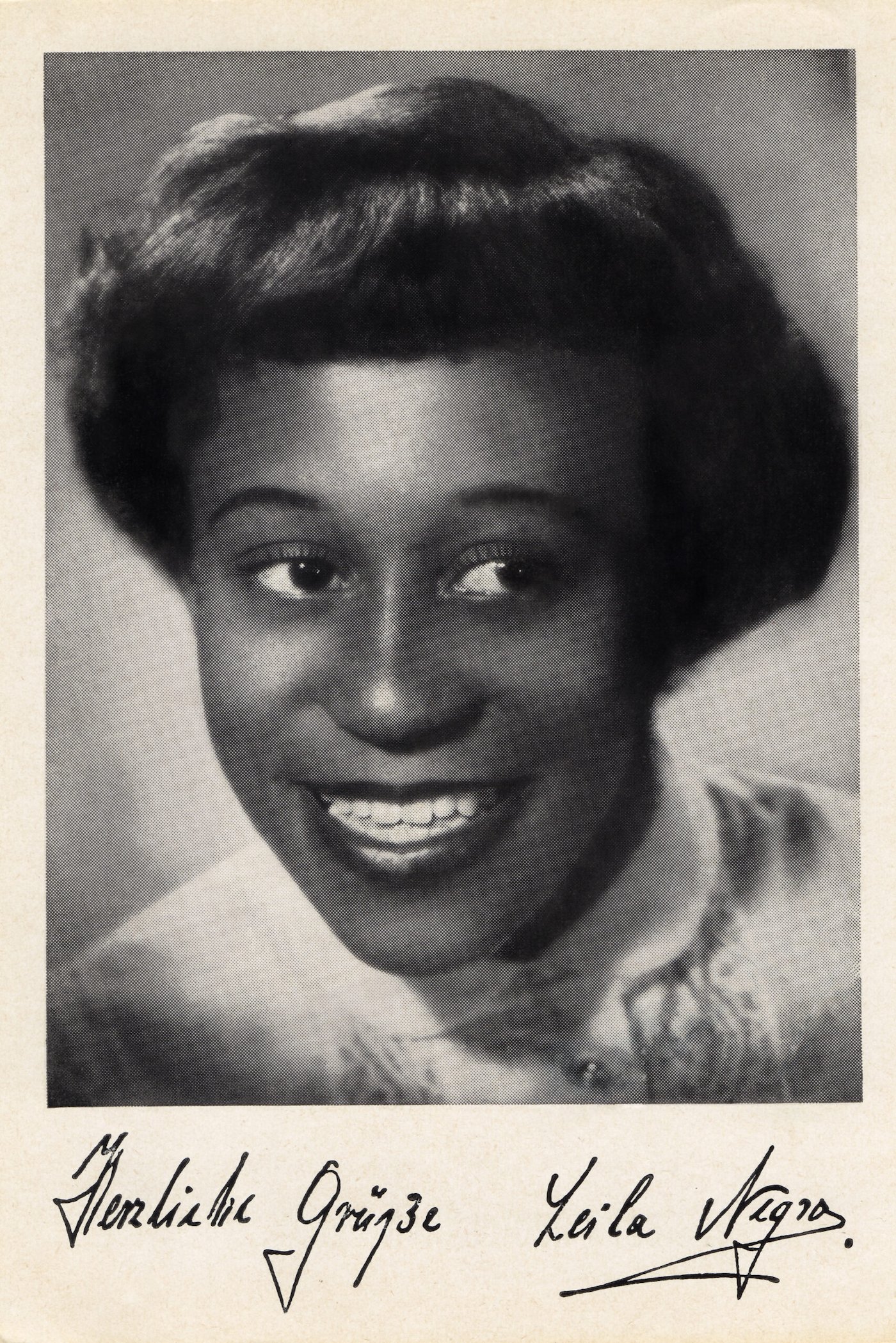

/background(fff)/700x993.jpeg?auto=webp)
/background(fff)/700x993.jpeg?auto=webp)
/background(fff)/700x993.jpeg?auto=webp)
/background(fff)/700x1050.jpeg?auto=webp)
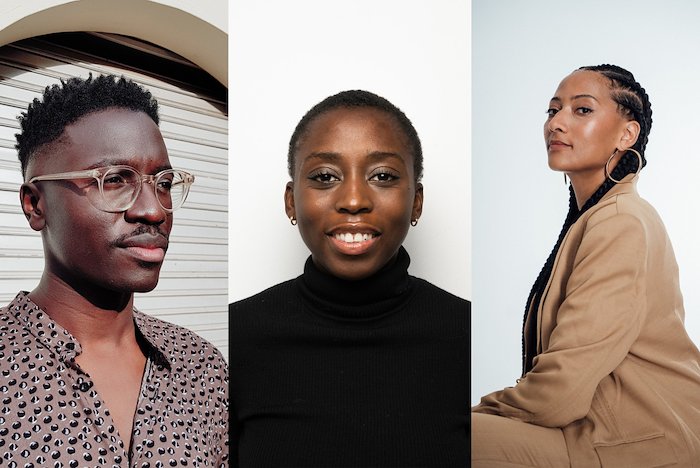
/background(fff)/700x990.jpeg?auto=webp)
